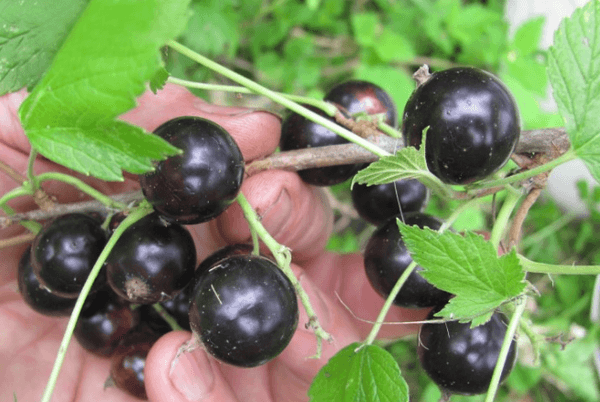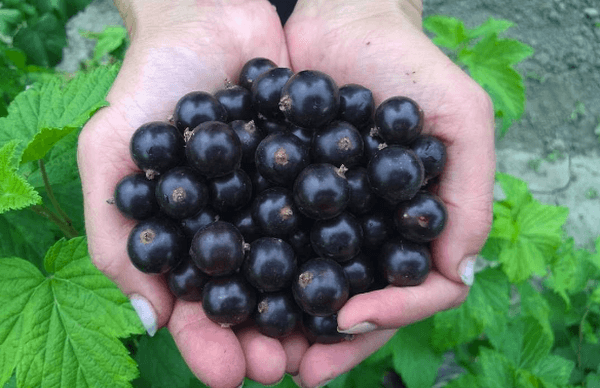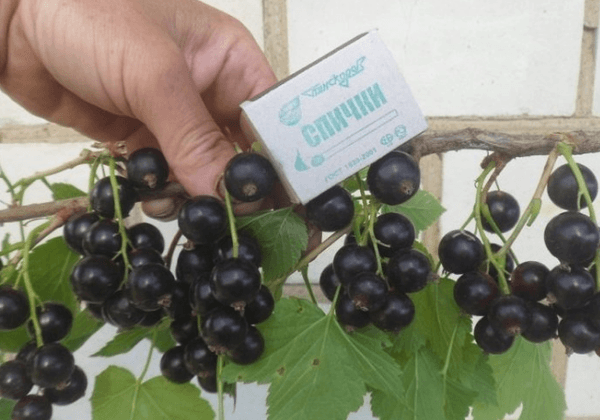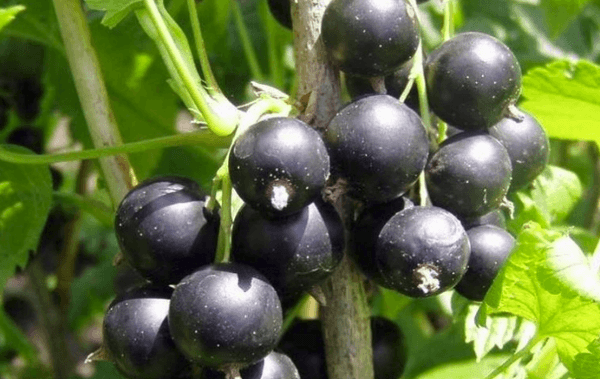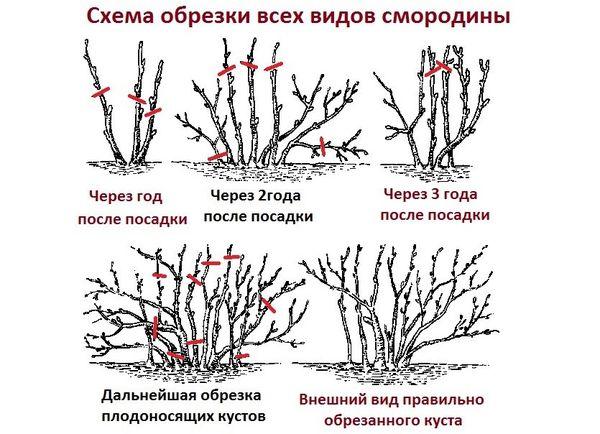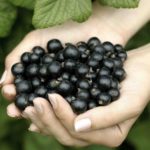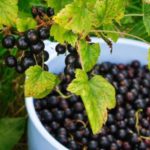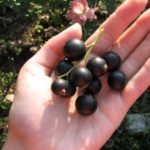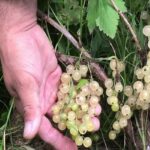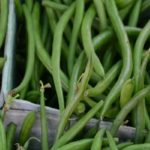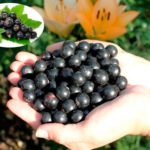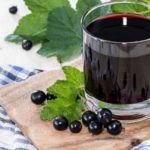A large harvest of currants can be obtained by growing varieties suitable for a particular region. Among the wide variety of currants, a number of the best varieties for the Moscow region are distinguished, demonstrating good yield and unusual taste.
- Climatic features of the region
- The best varieties of blackcurrant for the Moscow region
- Classification of varieties by ripening time
- Early cultures
- Mid-season
- Mid-late
- Late varieties
- New varieties
- Sweet varieties
- Varieties of large-fruited currants
- The most productive
- Resistant to diseases and pests
- Planting currants in the Moscow region
- Timing: when is it better to plant currants - in spring or autumn?
- Preparing the site and planting material
- Step-by-step instructions for planting seedlings
- Bush care
- Irrigation and fertilization
- Pruning and shaping the plant
- Pests and diseases: preventive treatments
- Currant propagation
Climatic features of the region
The main territory of the Moscow region is dominated by a temperate continental climate. Winters in the region are mild and not too frosty, and summers are warm and not dry. In the southern regions, soddy-podzolic and medium loamy soil is common, which has a beneficial effect on the growth and development of currant bushes.
The best varieties of blackcurrant for the Moscow region
When choosing suitable varieties of berries, it is necessary to take into account several parameters, including ripening time, duration of fruiting, taste characteristics, and resistance to external factors. In each category you can find the best varieties that bring a good harvest.
Classification of varieties by ripening time
Different varieties produce a harvest over a certain period, which varies from 40 to 65 days. The choice should be made depending on the timing of planting and climatic conditions.
Early cultures
Early ripening currants ripen in 40 days and bear fruit within several weeks, so harvesting is carried out several times per season. The most common early varieties include:
- A little prince. The variety is distinguished by its small height of bushes, dense arrangement of fruits and friendly fruiting. Ripe berries acquire a rich, bright color, have thin skin and a sweet and sour taste.
- Selechenskaya. The variety brings 4-5 kg of yield from each plant. A pronounced feature is the elongated brushes, on which 12-16 berries are formed. The bushes are spreading and require fixation on supports.
Mid-season
It is recommended to plant berries with an average ripening period in the southern regions of the Moscow region in order to have time to harvest the entire harvest before the first frost. The following varieties are in demand among professional gardeners:
- Loyalty. The fruits ripen by mid-summer. The berries are large, weighing 3-5 g, with a sweet taste. The bushes are slightly spreading, of medium height, resistant to frost, infections and pest attacks.
- Dobrynya. The variety requires careful care - tying and crown formation. The yield indicator is 1.6-2.4 kg per plant. Currants are resistant to the negative effects of bud mites and powdery mildew.
Mid-late
Medium-late ripening varieties accumulate a large number of useful components during the warm period. In this category, the following varieties have gained popularity:
- Venus. A productive variety that yields 3-4 kg on each bush. The berries are one-dimensional, large, black, weighing 3-5 g. The ripe fruits are tasty and sweet.
- Pearl. The variety produces round, slightly ribbed berries, weighing 4-6 g. Currant Pearl has a universal purpose, suitable for transportation and long-term storage.
- Oryol Waltz. Black currants, with soft skin and a sweet flavor, grow on low-growing bushes. The ripening of the crop occurs unevenly.
Late varieties
Late-ripening varieties ripen closer to autumn. It is recommended to grow these varieties in conditions of a long warm period. Common late-ripening varieties include:
- Bagheera. The main advantages of Bagheera currants are a large harvest, berries of equal size with dense pulp, resistance to frost and temperature changes.
- Vologda.The bushes are medium-sized, very spreading. The Vologda variety produces high yields regardless of the presence of pollinators. The berries are large, weighing about 2 g. Up to 4 kg of harvest can be harvested from one plant.
- Pygmy. The variety bears fruit once per season, the berries ripen alternately. This variety brings a large harvest if standard rules of agricultural technology are observed. Late Pygmy currants are suitable for fresh consumption, canning, freezing and long-term storage.
New varieties
Breeders are constantly discovering new varieties of currants that have improved qualities. Among the recent discoveries it is worth highlighting:
- Dark-skinned. A medium-ripening variety with tall bushes and elongated racemes. The berries weigh about 1 g, have a round-oval shape, thin skin and a sweet and sour taste.
- Sudarushka. A dessert variety with an average ripening period. The fruits are large in size, round in shape, weighing up to 4.5 g. The yield reaches 9 kg per plant.
Sweet varieties
For fresh consumption and use in making desserts, it is worth choosing sweet varieties of currants. The list of varieties with high sugar content includes the following:
- Green haze. The sugar content of currants reaches 12%. The bushes are medium-sized, slightly spreading. The fruits are round, deep black in color with shiny skin. Plants are able to withstand frost without loss of taste characteristics.
- Nina. A mid-early variety with abundant fruiting and a sugar content of 11%. The plants are low, spreading, with a large number of basal shoots. The berries are large, flat-round, one-dimensional.
Varieties of large-fruited currants
Varieties of black currants with large berries for the Moscow region have quickly won the recognition of experienced gardeners. Large-fruited varieties can be planted in suburban areas or on an industrial scale. The following types are especially in demand in this category:
- Vigorous. This variety has a medium ripening period and is suitable for universal use. The weight of each berry ranges from 3 to 8 g. The fruits are not one-dimensional, the yield is about 6 kg per bush.
- Selechenskaya-2. A universal variety, resistant to most common diseases. Fruiting begins in early July. It is possible to collect up to 5 kg of berries from one plant.
The most productive
The yield indicator is one of the key requirements when choosing a variety for planting on a site. Based on the results of many years of growing various species in the Moscow region, it was possible to identify the most productive ones. These include:
- Harmony. Large berries weighing from 3 g have a shiny surface and medium-density pulp. Under favorable environmental conditions and proper care, the yield is more than 5 kg per bush.
- Favorite. Black currant with medium-sized bushes, abundant foliage and a stable harvest. The spherical fruits are valued for their juicy pulp, pronounced aroma and sweet taste.
Resistant to diseases and pests
Planting currant bushes that are resistant to infections and insects greatly simplifies care. Plants do not need constant spraying with protective drugs and are capable of producing crops for many years. The most popular varieties resistant to damage are:
- Binar. A mid-early variety suitable for planting throughout the Moscow region. The bushes are tall, not dense, slightly spreading.The berries are round in shape, rich in color, with a sour taste. The Binar variety is protected from attacks by pests such as glass beetles and bud mites.
- Summer resident. An unpretentious variety that does not require constant care to get a good harvest. The fruits are large and sweet, with a light aroma and thin skin. Currant Summer resident is resistant to major diseases, including powdery mildew.
Planting currants in the Moscow region
When planting berries in the Moscow region, you should take into account the specific climatic conditions, soil type and many other third-party factors. It is also important to observe the optimal timing for transplanting prepared seedlings into the ground so that they have time to take root and bear fruit during the warm period.
Timing: when is it better to plant currants - in spring or autumn?
Planting black currants in the fall at the beginning of September is the best option. If autumn is warm, then you can plant bushes before October so that the seedlings have time to adapt to new conditions. If early frosts occur, it is better to wait until spring and plant after the snow cover melts, when there is no likelihood of return frosts.
Preparing the site and planting material
A few days before transplanting the seedlings into the ground, the roots are treated with a disinfectant, which is suitable as a manganese solution. Immediately before planting, the roots are lightly trimmed so that the plants take root in the ground faster.
Planting pits for placing seedlings are pre-treated with rotted compost or manure to stimulate active growth and development. Blackcurrant requires slightly acidic soil, so if it is highly acidic, it is necessary to add a deoxidizing agent to the soil.
Step-by-step instructions for planting seedlings
When transferring seedlings into the ground, just follow the step-by-step instructions. It includes the following steps:
- In the selected area, dig holes or a continuous trench 35-45 cm deep. It is recommended to dig planting holes in advance so that the soil shrinks.
- The bottom of the holes is treated with fertilizers. If wood ash is used as a top dressing, it is important to consider that it is quickly washed away by groundwater.
- The seedlings are placed in holes, the roots are straightened well and deepened 6-7 cm above the root collar. For the active development of shoots, the seedlings should be placed with a slight slope to the side.
- Immediately after planting, the seedlings are pruned to restore root balance and rapid growth.
Bush care
To grow healthy plants and consistently get a large harvest, it is necessary to perform comprehensive care and follow the basic rules of agricultural technology. Any variety of black currant needs regular watering, loosening the soil, removing weeds, weeding, fertilizing and protection from negative influences.
Irrigation and fertilization
Foliar feeding of black currants is carried out during the period of active flowering and at the time of ovary formation. As fertilizers, fertilizers with a high nitrogen content and organic matter are used - compost, manure, bird droppings, sawdust and ash.
Black currant is considered a moisture-loving crop, and for proper growth and fruiting it is necessary to keep the soil moist. Insufficient watering provokes slow growth of bushes, chopping and shedding of berries. During the growing season, the bushes should be irrigated at least 4-5 times.
Pruning and shaping the plant
During the process of crown formation and pruning, old and damaged branches, dried foliage and excess shoots are removed. Pruning improves aeration, allows sun exposure to the fruit and promotes the development of new branches.
Pests and diseases: preventive treatments
Preventive spraying helps prevent currants from being damaged by diseases and insects. For protection, you can use insecticidal and fungicidal preparations, as well as organic substances.
Currant propagation
Propagation of currant bushes is carried out by cuttings, layering or division. Rooting cuttings is the easiest way. Cuttings are prepared from basal shoots or annual shoots growing on the main stem.
When dividing bushes, pruners are used. It is necessary that a sufficient number of formed shoots and roots remain on each part of the plant, which will increase the chances of survival.
Using layering to propagate currants, branches and shoots are separated from the bushes only after rooting. It is recommended to root two-year-old cuttings as they have a better chance of developing.

